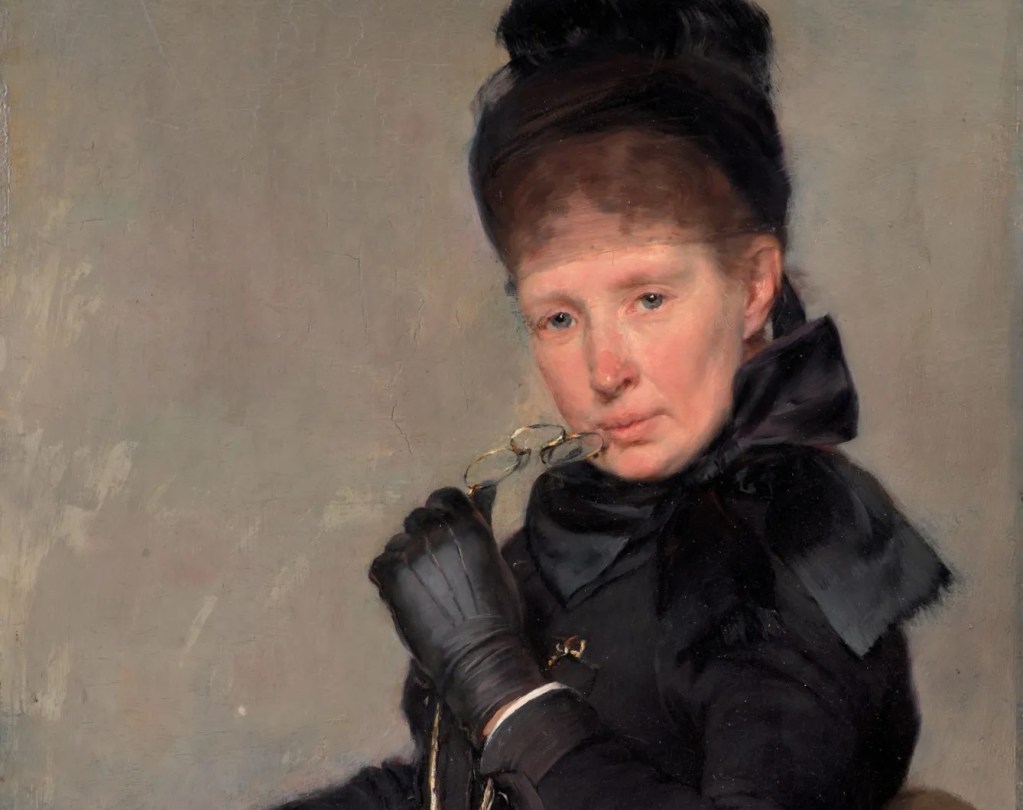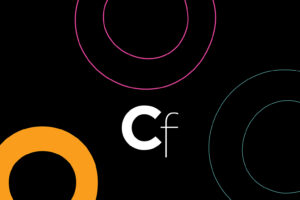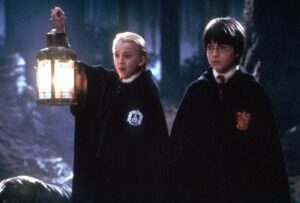The Danish Women Who Made Modernism Radical



In late 2017, I visited a traveling exhibition at the Denver Art Museum called Her Paris: Women Artists in the Age of Impressionism, featuring work by 37 artists from various countries who lived and worked in Paris in the second half of the 19th-century (few with any connection to Impressionism, I might add). To me, the show’s biggest revelation wasn’t that 19th-century women artists had done important and underrecognized work in France, but that many of them hailed from Nordic countries. Some are better known today, including Norwegian painter Harriet Backer, the subject of a traveling retrospective recently at the Musée d’Orsay; Finnish artist Helene Schjerfbeck, subject of a 2019 show at the Royal Academy in London; and Danish artist Anna Ancher, whose retrospective at the National Gallery of Denmark closed in 2021. Nordic women modernists are having a deserved moment.
That moment includes the new book Women Artists in Denmark 1880-1910 — companion to a recent exhibition at the Hirschsprung Collection in Copenhagen. It’s an excellent introduction to an underknown history of modern art, which the authors convincingly argue often looks quite different from what we might expect. “This is not because women came late to modernity, particularly in terms of the stylistic expression of art,” Inge Lise Mogensen Bech explains in her chapter essay, “Punchy women: Art and satire 1880-1910,” “but because the modernity they fought for has become so self-evident today that the contemporary eye may find it difficult to notice the radicalism in, for example, a glance, a length of hair, a dress, or an interior.” Such subtle gestures and fashions are thoroughly explored; you’ll never look at a glove the same way again.

Bertha Wegmann’s fantastic “Portrait of the Swedish Painter Jeanna Bauck” (1887) is all about the artist’s gaze and where it lingers, from the lorgnette at her lover’s lips to the meaningful look offered by the sitter, staring back at the romantic partner who is painting her. Depicting Bauck encased in black from neck to wrist, with her left hand gloved and the right naked (I said what I said), grasping that glove just so, the portrait is oddly sexier than we might expect of 19th-century middle-aged women, no matter how modern. Women Artists in Denmark 1880-1910 offers many such surprising pleasures.
Featuring the work of 23 Danish artists along with newly unearthed paintings from private collections, Women Artists in Denmark 1880-1910 is a textbook example of how vigorous scholarship can illuminate new ways of seeing the history of art, and of understanding what we’re looking at. Specifically, the authors demonstrate how a pioneering generation of women was “integral to making art modern” during what’s known as the Modern Breakthrough in Scandinavian art.

Lest the book and its subjects seem esoteric at a first glance, consider this chilling sentence from the preface by Karina Lykke Grand and Lise Jeppesen: “In today’s Western society, where International Women’s Day is a recurring annual event, and where women’s right to an education, to vote, to financial independence, to exert legal influence equivalent to that of men, and to autonomy over their own bodies is self-evident, the history of these artists serves as a reminder that such privileges are far from guaranteed.” For my fellow American readers in particular, such a sentiment is all too evident.
Also evident is that these women were a lot like we are — struggling to make a living in art, to live as they wanted, to love whom they desired, to control their reproductive lives, and to have a voice in the political sphere. In many cases, they also knew each other. Anna Petersen’s painting “An evening with a friend. By lamplight.” (1891) depicts three visual artists of the so-called “Scandinavian Clique” in Paris, with Bauck and Wegmann tucked close together, bodies touching, on the sofa, and Marie Krøyer seated nearby, while Danish violinist Frida Schytte stands before them, playing music. Petersen herself is present through her own paintings hanging on the wall. This is a self-sufficient community of women artists. The gaze, and means, are all theirs.

Women Artists in Denmark 1880-1910: In Search of the Modern (2025), edited by Inge Lise Mogensen Bech and Lene Bøgh Rønberg, is published by Yale University Press and is available online and through independent booksellers.




